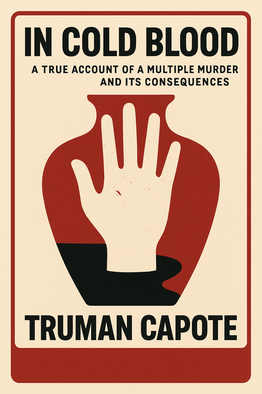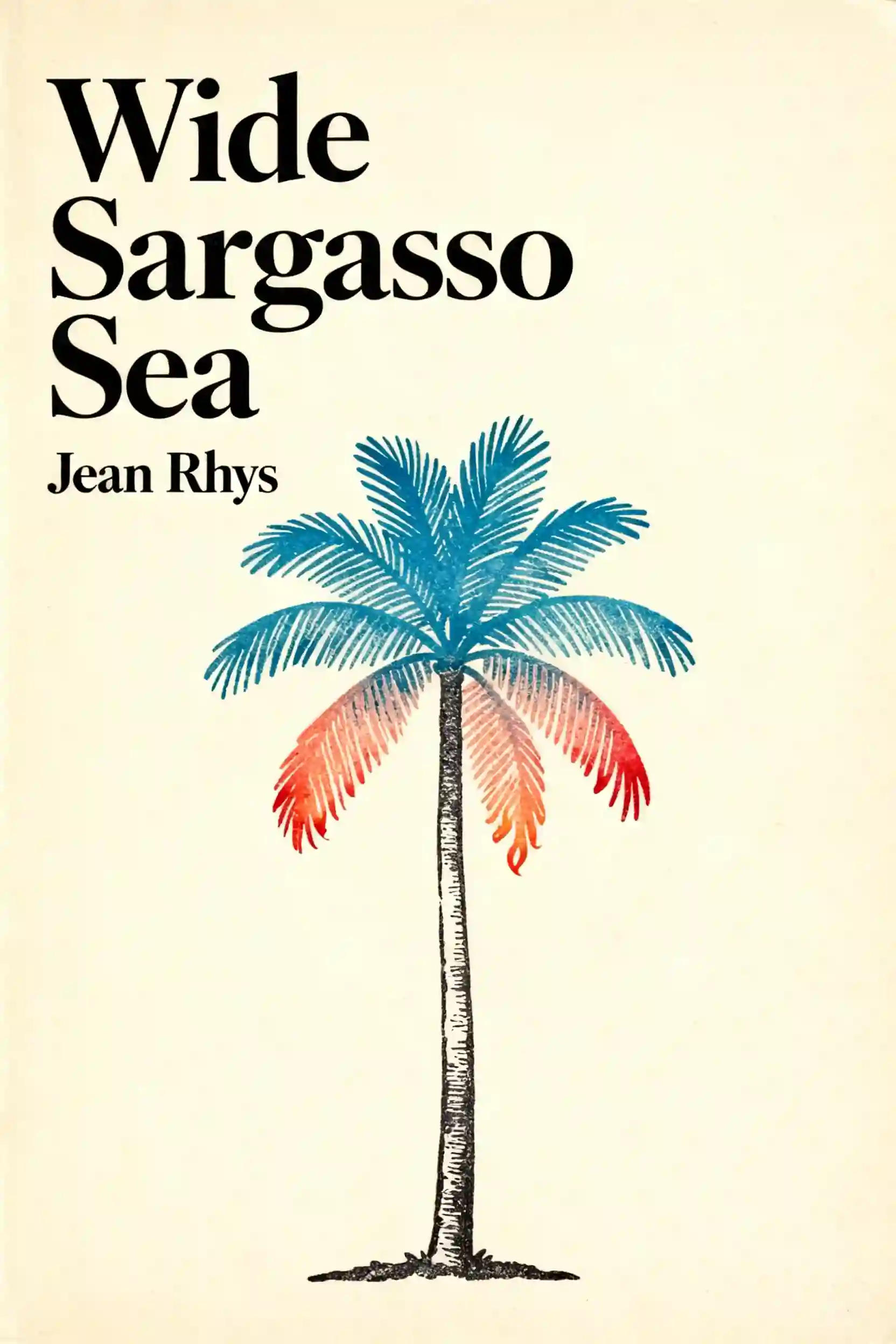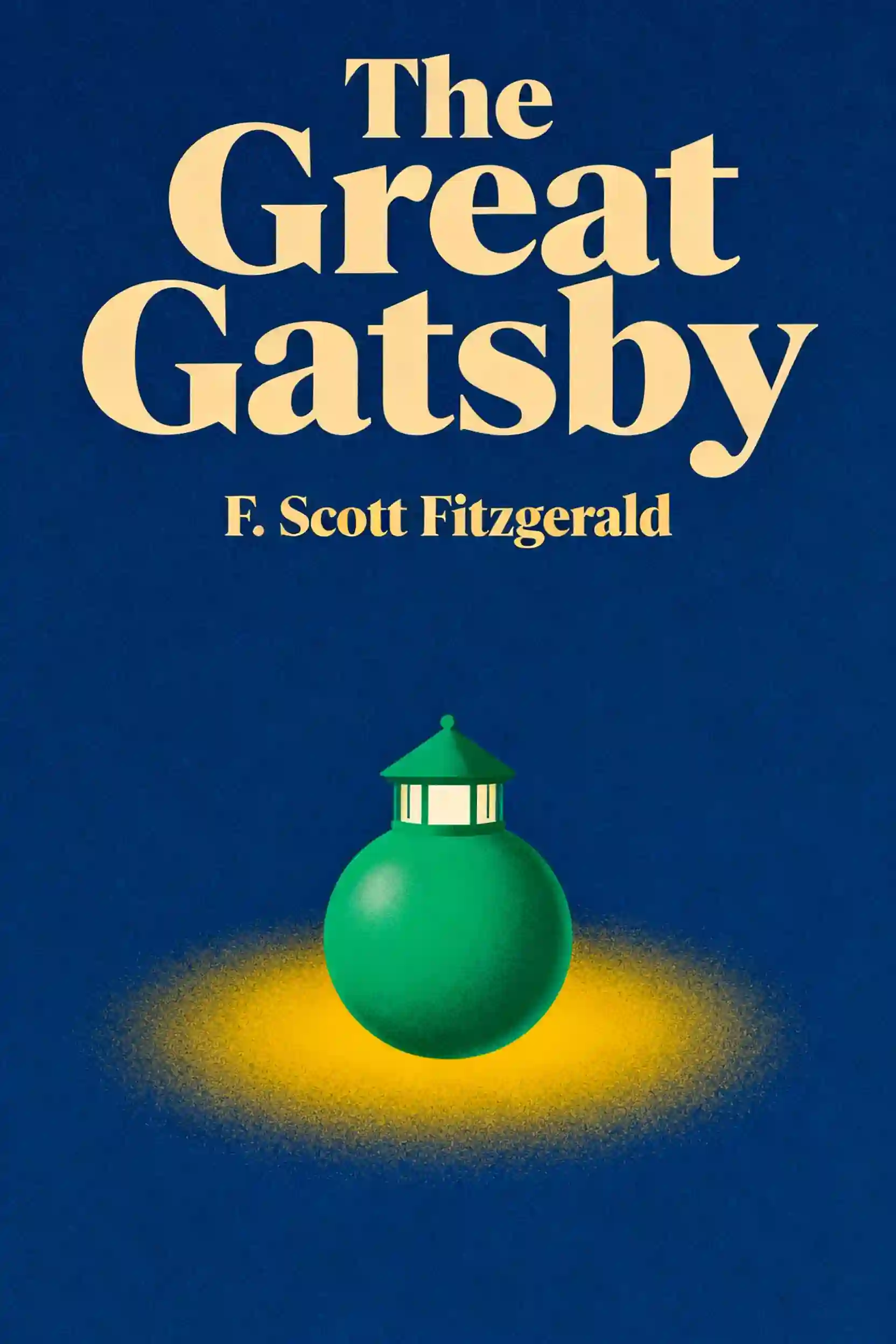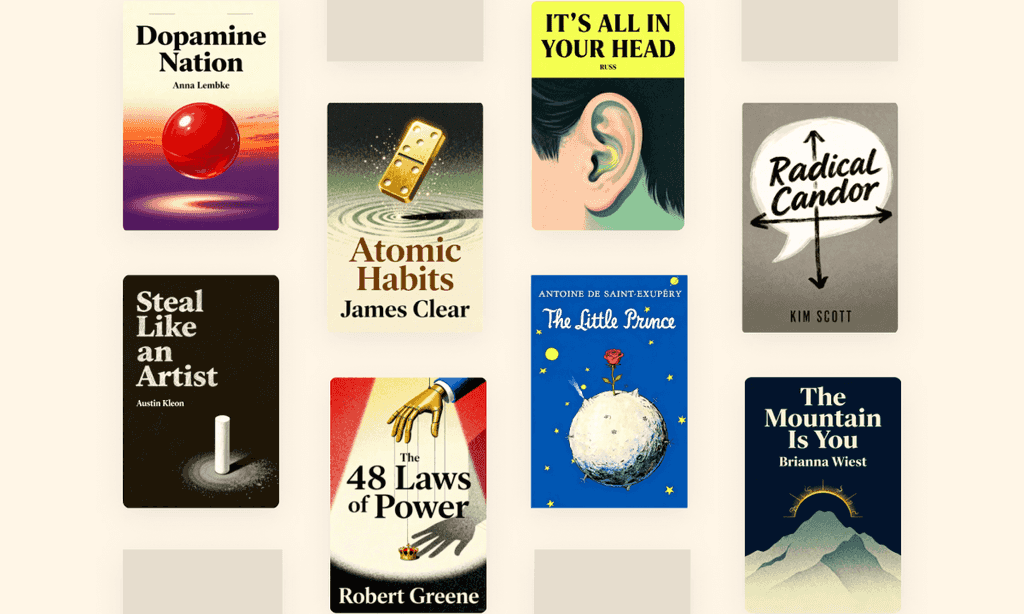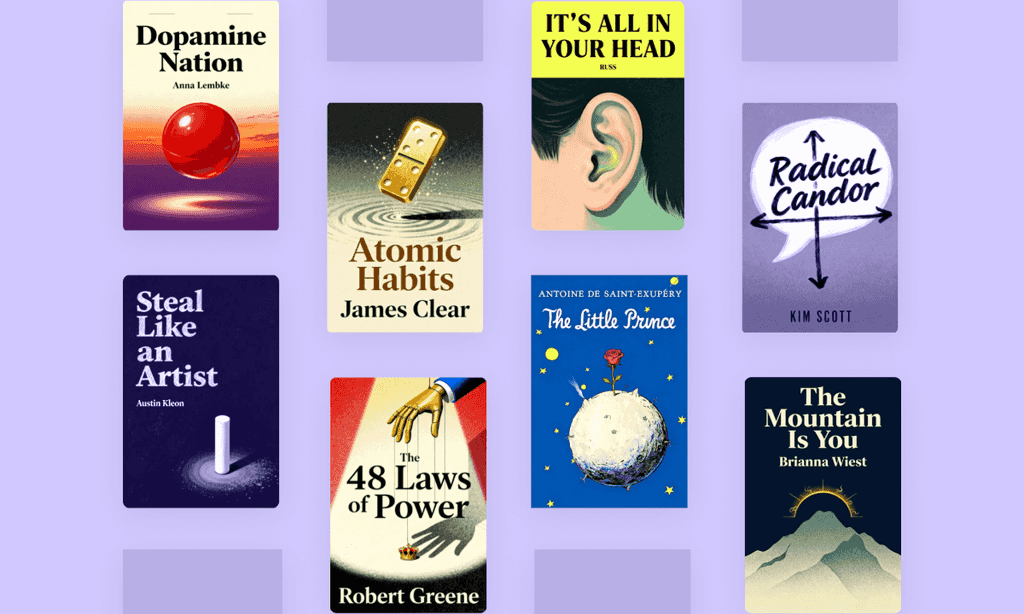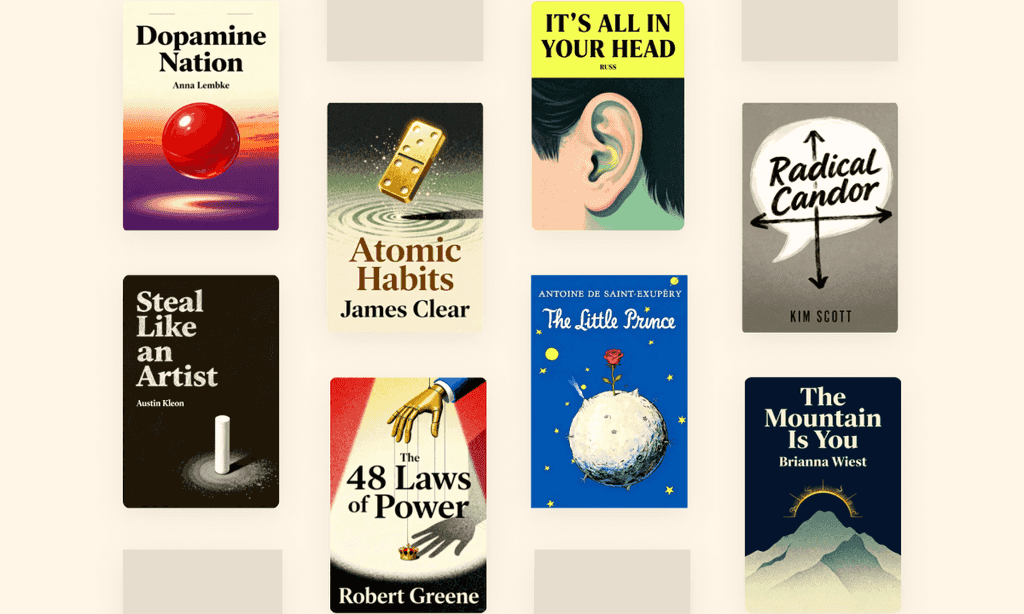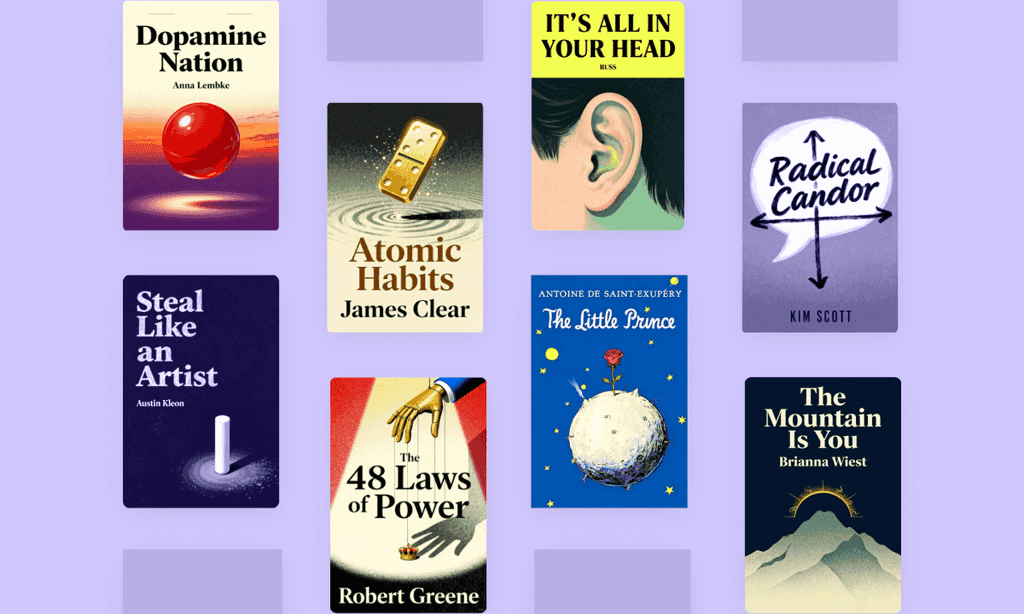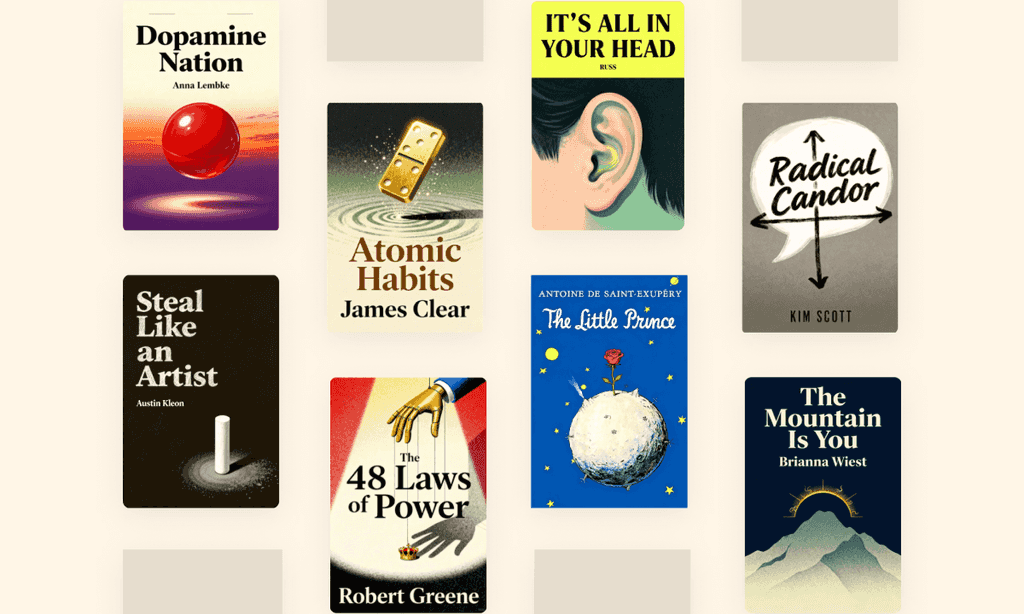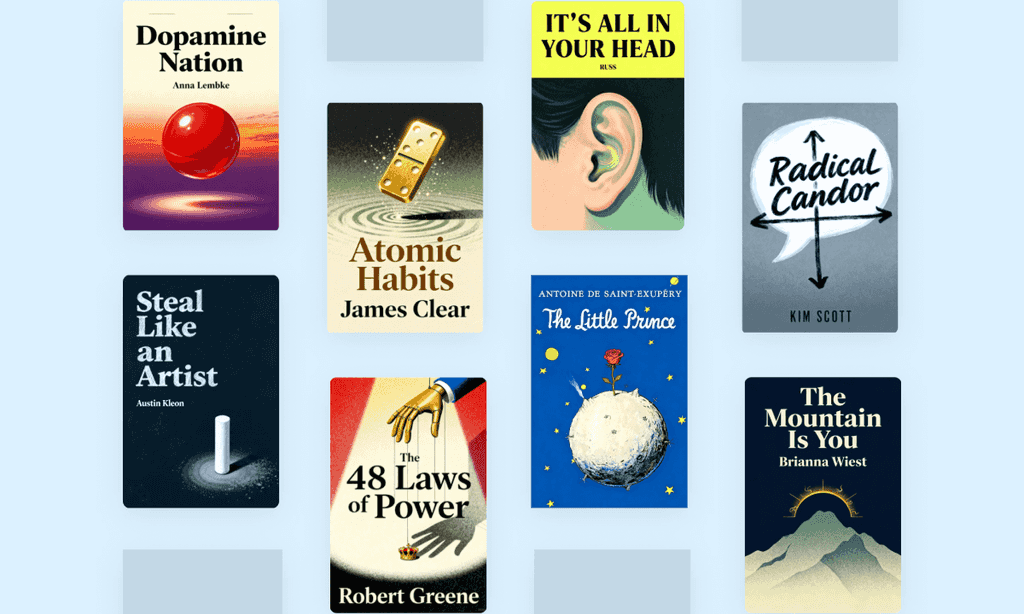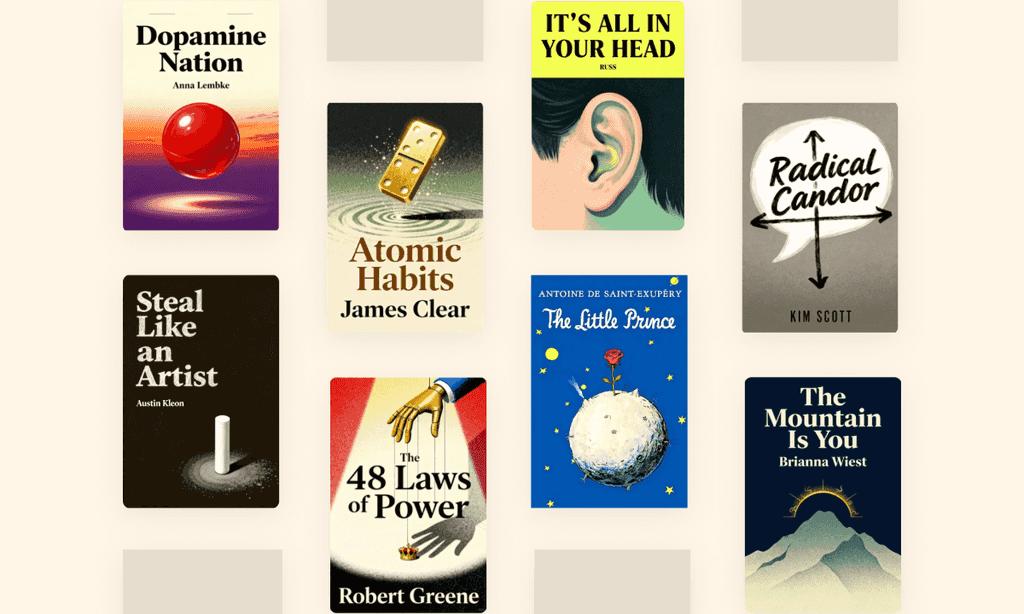Anna Karenina by Leo Tolstoy

Overview of Anna Karenina
Tolstoy's masterpiece of forbidden passion and societal consequences, crowned "the greatest book ever written" by Time Magazine. What scandalous affair captivated Faulkner, Dostoyevsky, and Nabokov alike? Discover why this Russian classic tops more literary lists than any other novel.
About its author - Leo Tolstoy
Count Lev Nikolayevich Tolstoy (1828–1910), known in English as Leo Tolstoy, is the Russian author of Anna Karenina and is widely regarded as one of the greatest novelists of all time.
Born into an aristocratic family at the Yasnaya Polyana estate south of Moscow, Tolstoy masterfully captured Russian high society, family dynamics, and profound moral questions through his realist fiction. Anna Karenina (1878), which explores themes of love, marriage, fidelity, and social hypocrisy, stands alongside War and Peace (1869) as a pinnacle of world literature.
His other acclaimed works include Resurrection (1899), The Death of Ivan Ilyich (1886), and The Kreutzer Sonata (1889), all demonstrating his psychological depth and philosophical insight. Tolstoy's aristocratic upbringing and experiences in the Crimean War provided him with intimate knowledge of Russian society's contradictions, which he channeled into characters of extraordinary complexity.
His novels have been translated into more than 40 languages and remain required reading in universities worldwide, cementing his legacy as a towering figure in literary history.
Key Takeaways of Anna Karenina
- Tolstoy's opening line defines how each unhappy family suffers uniquely.
- Anna Karenina contrasts passionate destruction with love built on spiritual growth.
- Tolstoy shows society destroys women who choose passion over propriety.
- Anna's jealousy and morphine addiction illustrate forbidden love's psychological toll.
- Levin discovers God through family love rather than intellectual philosophy alone.
- Anna Karenina depicts how modernizing Russia clashed with aristocratic traditions.
- The novel proves authentic marriages survive through forgiveness and shared values.
- Tolstoy demonstrates that social isolation accelerates Anna's descent into paranoid despair.
- Anna Karenina explores whether individual happiness justifies devastating societal consequences.
- The railway motif symbolizes modernity's destructive force in traditional Russian society.
- Tolstoy suggests rural authenticity offers salvation from urban moral corruption.
- Anna Karenina warns passionate affairs without social acceptance inevitably self-destruct.


